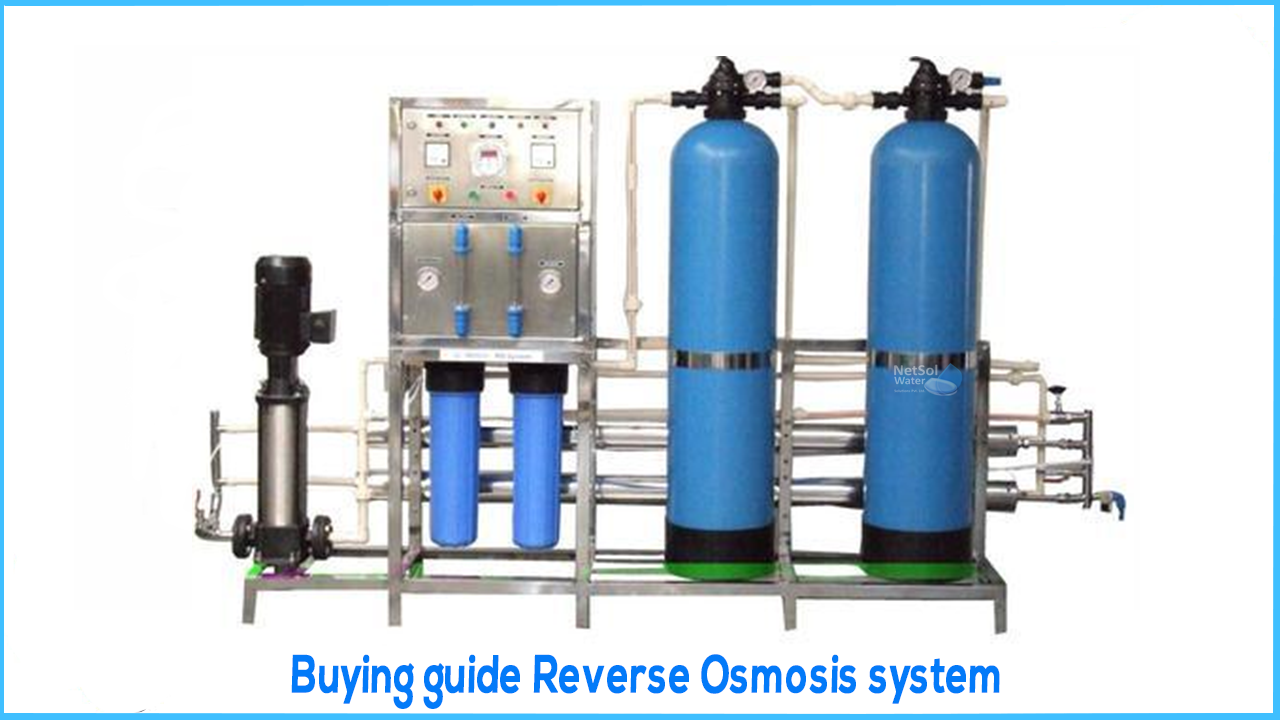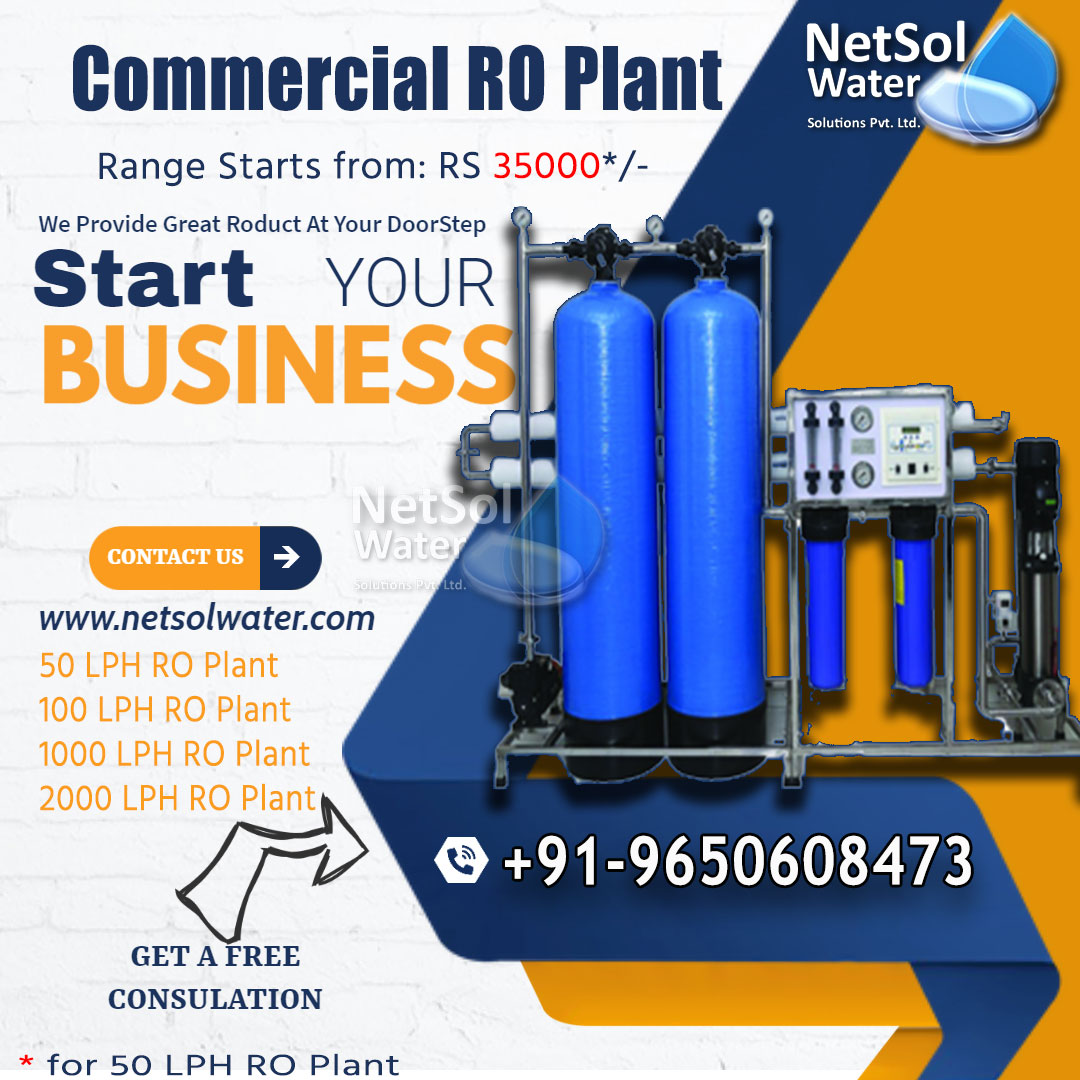Buying Guide: Reverse Osmosis System
Water plays an important role in our overall health and well-being, which is no surprise to anyone. It's a simple reality that we need to stay hydrated for basic health reasons, and water is the greatest beverage to do so with.
It would be lovely if we could just assume that drinking plenty of water is always a good idea, but water quality varies a lot depending on where you live. If you live in an area where the water is contaminated and hazardous, the typical advice that everyone seems to accept as fact becomes erroneous.
If you're concerned about toxins in your water, a reverse-osmosis water filter is one of the most effective tools you can use to address the issue. Because reverse osmosis removes a larger spectrum of impurities than other types of water filters, you may be confident that the final product you consume is safe to drink.
People who have invested in a reverse-osmosis filter claim that it improves the flavor of water and can save them a lot of money over time compared to buying water in bottles or other containers. If you're thinking about getting a system for your kitchen, these are the most important things you should know to make an informed and smart decision.
TYPES OF REVERSE-OSMOSIS SYSTEM
When shopping for a reverse osmosis system for your home kitchen, there are two major types to consider- countertop and under counter variants.
1. Countertop Reverse-Osmosis System
Countertop systems, as the name implies, are intended to be used on a countertop or on the ground. Freestanding reverse-osmosis systems are what they're termed technically. They're usually designed to be compact so you don't have to give up too much kitchen counter space or worry about a difficult installation process. These are the greatest option for renters who are unable to make permanent improvements to their house and anyone who does not want to hire a professional to install the system.
BENEFITS-
- Compact
- Installation is simple.
- It's only temporary; you can take it with you if you relocate.
THINGS TO KEEP IN MIND-
- It is more difficult to use.
- This item necessitates the use of counter space.
2. Undercounter Reverse-Osmosis Systems
These are more correctly referred to as under sink reverse osmosis systems, because that's where they're installed. The most frequent type of system is an undercounter system. Once installed, they're really simple to operate because all you have to do is turn on the faucet.
However, installing them is difficult, and many consumers will need to hire an expert to assist them. It's worth it, though, because these products can filter big amounts of water quickly, making them the most practical alternative for daily usage.
BENEFITS-
- Easy to use
- Can filter lots of water
KEEP THIS IN MIND-
- Installation is more complex than with countertop models.
- Frequently produce a large amount of waste water
FACTORS TO CONSIDER WHEN BUYING A REVERSE-OSMOSIS SYSTEM
The reverse-osmosis system market is unexpectedly broad and diverse. There are a few crucial elements to consider while choosing the perfect one for your needs and budget.
Size-Whether you buy a reverse-osmosis system to keep on the counter or place under your sink, the amount of space you have available is critical. If you already have limited counter space in your kitchen, a huge reverse-osmosis system will only add to the clutter, assuming you can even create room for it. Simply put, an undercounter reverse osmosis system must fit in the area available beneath the sink. Measure the available space and compare it to the dimensions of any system you're considering. If you're concerned that the one you want will be too little, consult an expert about how the size may affect their ability to install it properly.
Water Quantity-The amount of water a reverse-osmosis system can filter is another consideration connected to size. The product specifications for different systems will tell you how many gallons per day they can manage. 50 gallons, 80 gallons, and 100 gallons containers are the most common sizes.
Effectiveness-You'll see that many reverse-osmosis systems include multiple steps. The number of filters used by the system to remove particles from the water is referred to as this. A four-stage system, for example, might comprise a sediment filter for dirt and sand, a carbon filter for chlorine and other chemicals, a reverse-osmosis membrane to remove any remaining chemicals, and a post-carbon filter to remove any remaining impurities. You can probably expect your water to be clean and delicious at the end of all of those stages.
Installation Procedural Ease-Most individuals would want to hire a professional to set up their reverse osmosis system, especially if they choose one that is undercounter. The difficulty of the installation procedure will determine how much you have to pay for it (or how much time you spend if you decide to do it yourself), so a simple system is probably in your best interest.
User-Friendliness-Most reverse-osmosis systems are straightforward to operate on a daily basis, but they will require maintenance to keep them in excellent operating order. Before deciding which system to buy, make sure to verify how often the filter needs to be replaced and how difficult it will be to clean. If you know you'll resent having to replace a filter every other month, choose a model that only requires maintenance once a year.
Waste Created-One disadvantage of reverse-osmosis systems is that they waste a lot of water in order to provide you with clean water. Only around 5-15 percent of the water filtered is recovered by most systems. In general, the increased water consumption is simply a side effect of having cleaner water to drink. Some reverse-osmosis systems are built to save water by repurposing it for other purposes, such as dishwashing or laundry. These systems are marketed as zero-waste. These are the greatest options for employing reverse-osmosis without wasting water if you don't mind drinking clean water but using water with higher chemicals and sediments for other home needs.
Lifespan-If you invest in a reverse-osmosis system and get it installed make sure that you can rely on it for years to come. Your best bet for selecting a system that will last you a long time is to go with a well-known brand and a device that has a lot of positive feedback.
Many reverse osmosis systems come with warranties, some of which are limited lifetime warranties. You can choose a system with a strong guarantee if you want to be sure you won't be dealing with a broken or worn out system in the near future.




